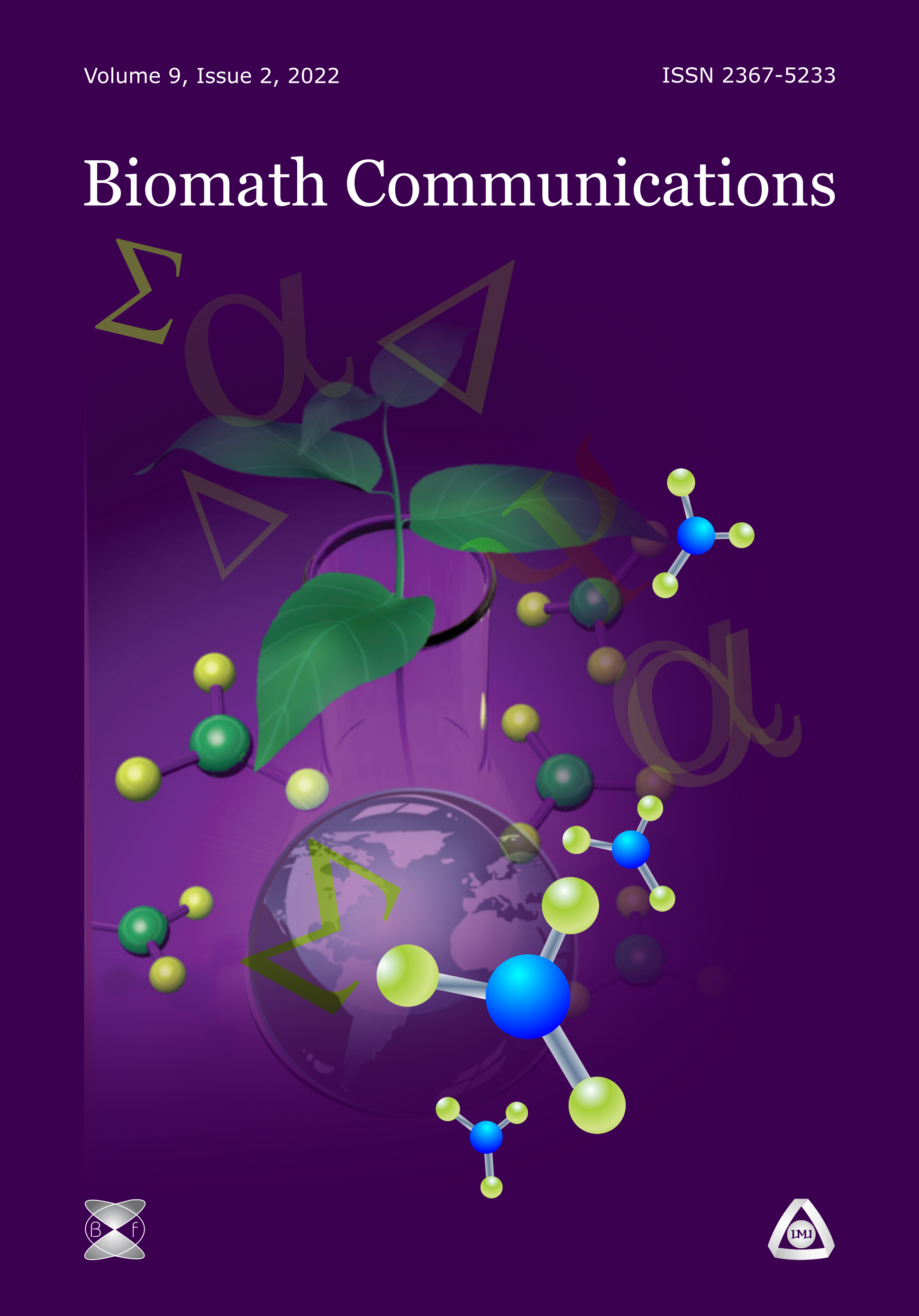On the Selection of Representative Conservation Area-Networks
DOI:
https://doi.org/10.11145/301Abstract
The problem of selection of representative conservation area-network is an important ecological issue related to preserving the biodiversity of a geographical region. The mathematical model is based on the assumption that environmental diversity is a good measure of biodiversity. In this setting, the geographical region is divided into smaller areas (assumed environmentally homogenous) which are mathematically considered as vertices of a graph. The environmental distance between two areas defines the length of the edge connecting the respective vertices. Selecting p areas which represent best the total of n areas (in the sense of environmental diversity) is mathematically equivalent to the so called $p$-median problem, that is selecting a set of $p$ vertices of the graph such that the sum of the distances from all vertices of the graph to the selected set is minimal. For any practically relevant values of n and p the solution cannot be computed in reasonable time, since this problem is a well-known NP hard problem. We discuss various heuristic methods to find an approximate solution in terms of the trade off between computational time and accuracy.
In order to test the validity of the underlying assumption of the model we use species distribution datasets for birds, reptiles, and butterflies in South Africa. These datasets have been developed from extensive, formalised atlasing projects coordinated largely by the Animal Demography Unit of the University of Cape Town, and are the most comprehensive faunal species distribution datasets available for the country. Each vertex of the graph represents a quarter degree square (QDS), approximately 20km $\times$ 20km area commonly used in large biogeographic analysis. The total number of QDS for South Africa is 1816. The power of the method is demonstrated via numerical experiments with p ranging from 10 to 50.
Downloads
Published
Issue
Section
License
The journal Biomath Communications is an open access journal. All published articles are immeditely available online and the respective DOI link activated. All articles can be access for free and no reader registration of any sort is required. No fees are charged to authors for article submission or processing. Online publications are funded through volunteer work, donations and grants.
Authors who publish with this journal agree to the following terms:
- Authors retain copyright and grant the journal right of first publication with the work simultaneously licensed under a Creative Commons Attribution License 4.0 that allows others to share the work with an acknowledgement of the work's authorship and initial publication in this journal.
- Authors are able to enter into separate, additional contractual arrangements for the non-exclusive distribution of the journal's published version of the work (e.g., post it to an institutional repository or publish it in a book), with an acknowledgement of its initial publication in this journal.
- Authors are permitted and encouraged to post their work online (e.g., in institutional repositories or on their website) prior to and during the submission process, as it can lead to productive exchanges, as well as earlier and greater citation of published work (See The Effect of Open Access).

